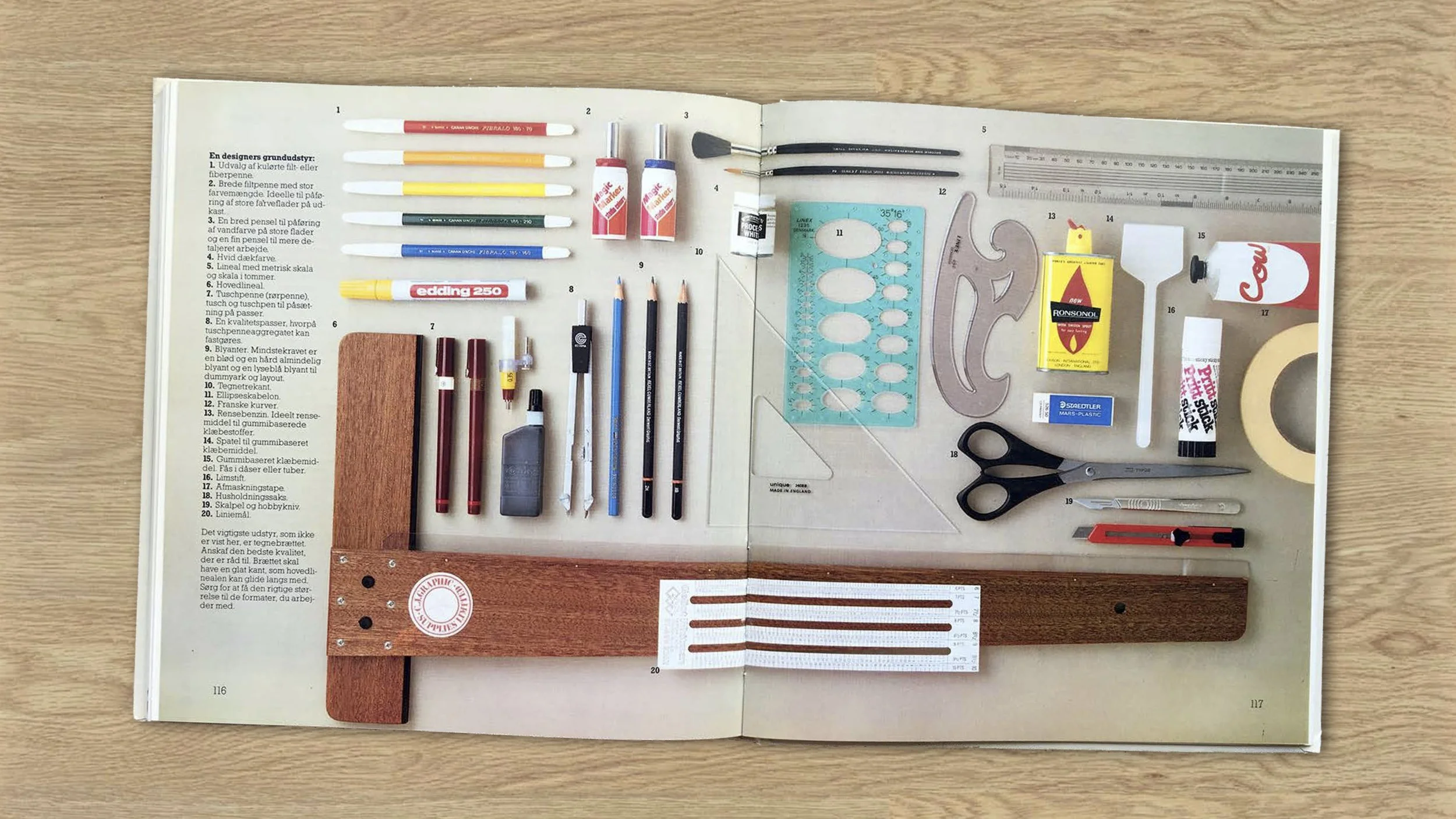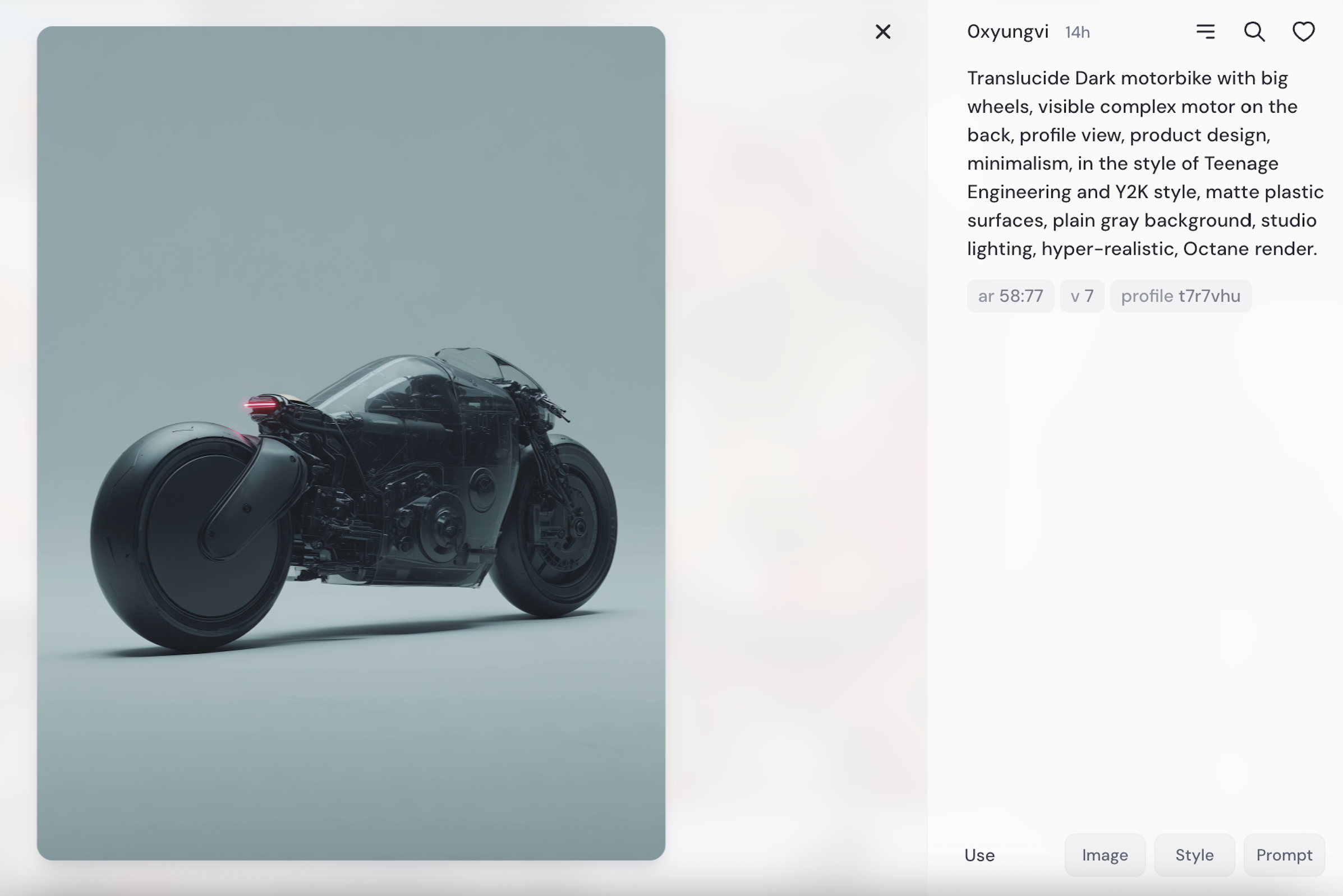The Parts of Your Job AI Should Absolutely Steal
Everyone’s talking about how AI will democratize creativity, how anyone can generate art, music, or design by typing a prompt. But the more interesting story is what it means for the people who already know how to create. For the first time, designers don’t have to stop at the mockup. We can build. Automate. Test. Ship. The tools are finally catching up, not just to make us faster, but to remove the biggest blocker designers have always faced: needing someone else to write the code.
We’ve been here before
I went to a design high school in the analog era. We used lightboxes, rapidographs, French curves, tracing paper, and Letraset. You didn’t move fast, you moved with care. You couldn’t click your way to a solution, you had to live with the problem for a while. The tools demanded patience. Mistakes were expensive. So we made them slowly, and carefully.
Stig Møller Hansen presentation
When computers started showing up, things got fast and easy but weird. You had the lovely Ctrl + Z button but suddenly you could add a gradient or a lens flare with one click. Even legends made bad work for a while, because the tools made it too easy to show off random thoughts.
Some resisted the change. They missed the feel of pen and paper, the scratch of ink, the smell of spray mount, the quiet magic of a photo appearing in the darkroom tray. Others leaned in. The work got worse for a while, but it also got faster. They stopped spending hours on production and started spending more time thinking. It feels like we’re in that moment again, excited, reactive, churning out mostly rushed, low-quality results, but also seeing the possibility of more time for real thinking.
What’s different this time isn’t how fast, it’s how far designers can go on their own with Ai tools.
You can sketch ten storyboard angles in seconds, generate wireframes with a prompt, even build your own plugins to automate your workflow.
That still surprises me. A few years back, we needed a color tool. We filed the request, waited for prioritization, and it took three years to get built. A couple of weeks ago, a designer on my team built the same tool in a weekend. It had more features, worked better, and he couldn’t wait till Monday to show it to me.
Today the designers who go furthest won’t be the most technical, they’ll be the most curious. The ones willing to try.
Autonomy is just the start. The next shift is how we think with these tools.
“Bo Dahlbom once wrote: You can’t do much carpentry with your bare hands, and you can’t do much thinking with your bare brain.”
Design has always depended on tools, not just to build, but to help us think clearly. AI is our newest thinking tool, powerful in ways we’ve never experienced before.
Imagine an industrial designer exploring a translucent, matte-black motorcycle, minimal, exposed, engineered like a piece of future tech. Every internal mechanism visible. Without AI, she’d spend hours, maybe days, modeling and rendering just a single variation.
Now, with a simple prompt, she can visualize multiple versions in minutes. She can instantly see new possibilities, generate variations, and even simulate feedback from legendary designers, some of whom are no longer alive.
Midjourney Explore
With AI as her research companion, she can deeply explore every angle of her idea, pivot instantly, or confidently move on to the next part of her concept development. AI is a powerful co-creator, an ever-available research assistant, and a tireless ideation partner.
When AI makes it effortless to generate polished results, it’s easy to confuse the output for the outcome, and skip the thinking that turns drafts into design.
AI can place a button, align it, and ensure accessibility. But it can’t tell you what that button should communicate, urgency or calm, trust or delight. It doesn’t know if it fits your brand or subtly undermines it. It can make things look right, but it can’t feel when they are. You need to stay in the loop, stay in control, and define what good looks like.
Daniel Dennett calls this the difference between competence and comprehension. AI is competent, it can execute. But it doesn’t understand what matters. That’s still your job.
Let AI take the job that doesn’t need you
Not all design is creative. Some of it’s just production. Take icon libraries: once the style is set, grid, weight, curves! you’re not inventing. You’re just matching symbols and nudging bezier handles. That’s exactly what AI is great at. And if it can do it, you shouldn’t have to.
Automate the repetitive stuff. That’s not a threat, it’s a win. You don’t need to be drawing icon number 2,483. Let AI handle it, so you can focus on the real work, the kind that requires your judgment, taste, and point of view.
What stops designers, tools or fear?
If you’re leading a design team, the hard part isn’t the tools. It’s the fear! For years, designers were taught that writing code wasn’t their job. That’s the real blocker now, not ability, but mindset.
That won’t change until we normalize it, by trying it ourselves. By making space to learn. By turning experimentation into something low-risk. Maybe even fun.
The tools are here. The blockers are gone. What happens next depends on us, on how clearly we think, how boldly we build, and how deliberately we create. AI isn’t the threat. It’s the test: of our taste, our values, and our intent. The future isn’t less human. It’s more thoughtful.


